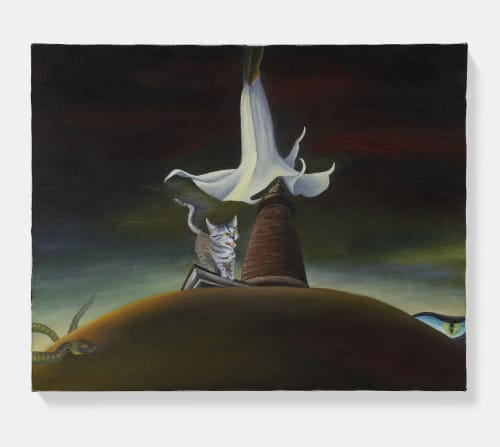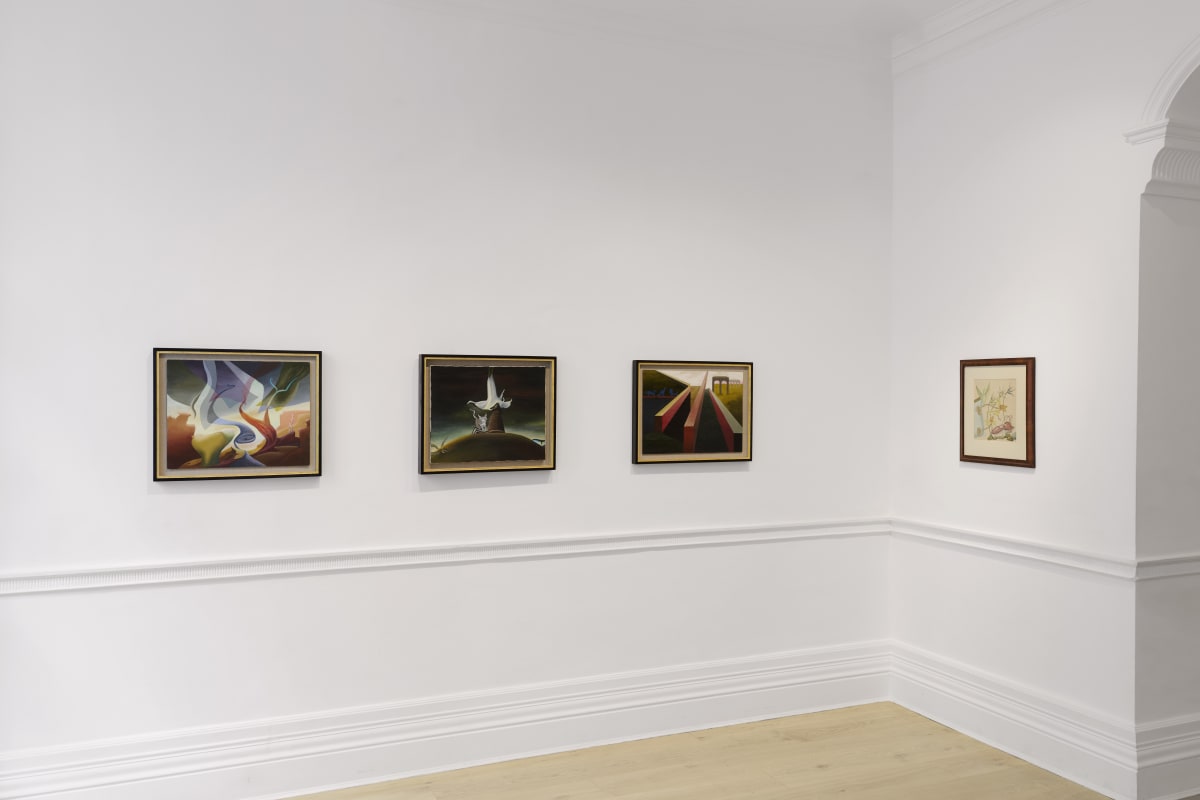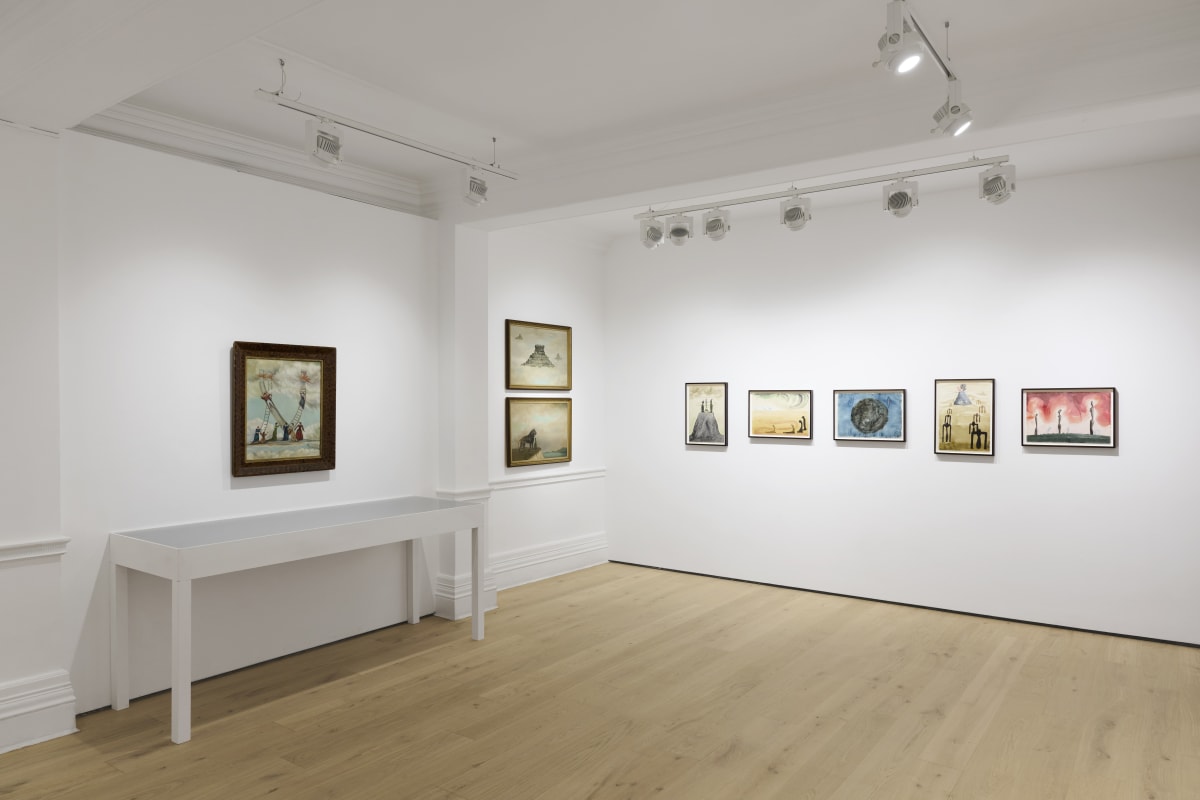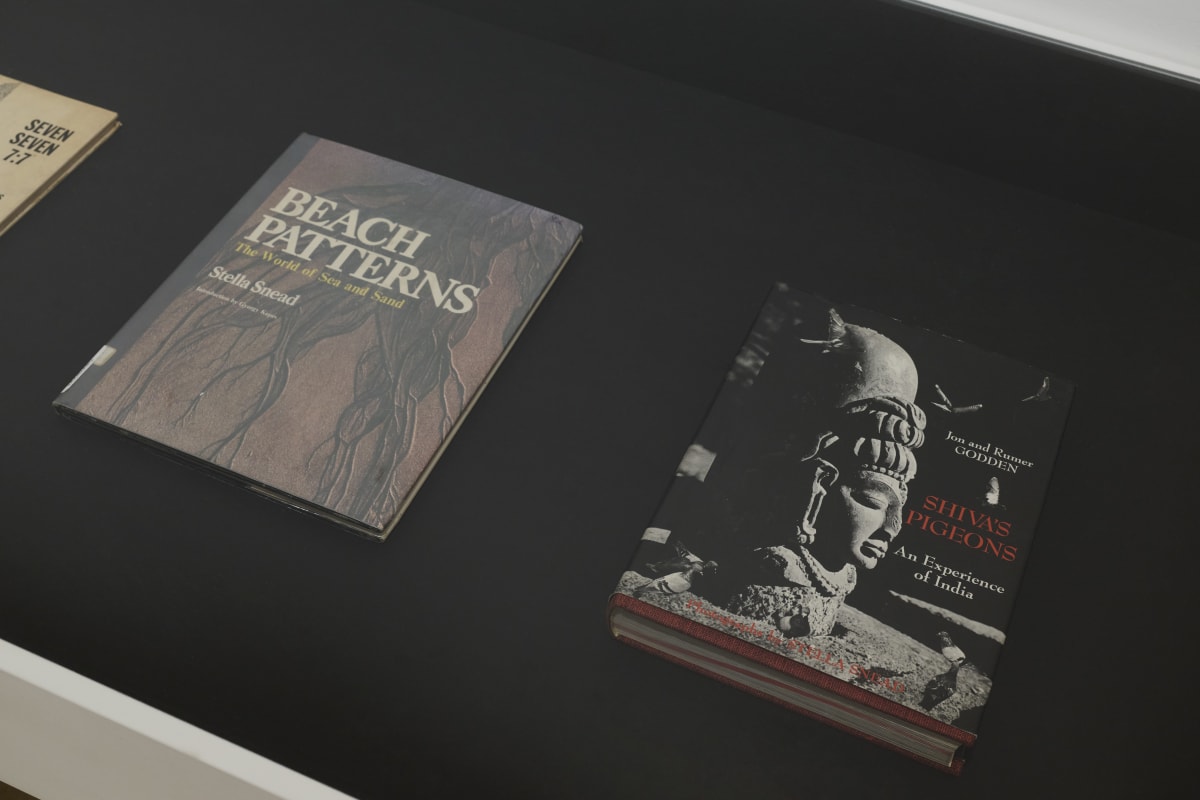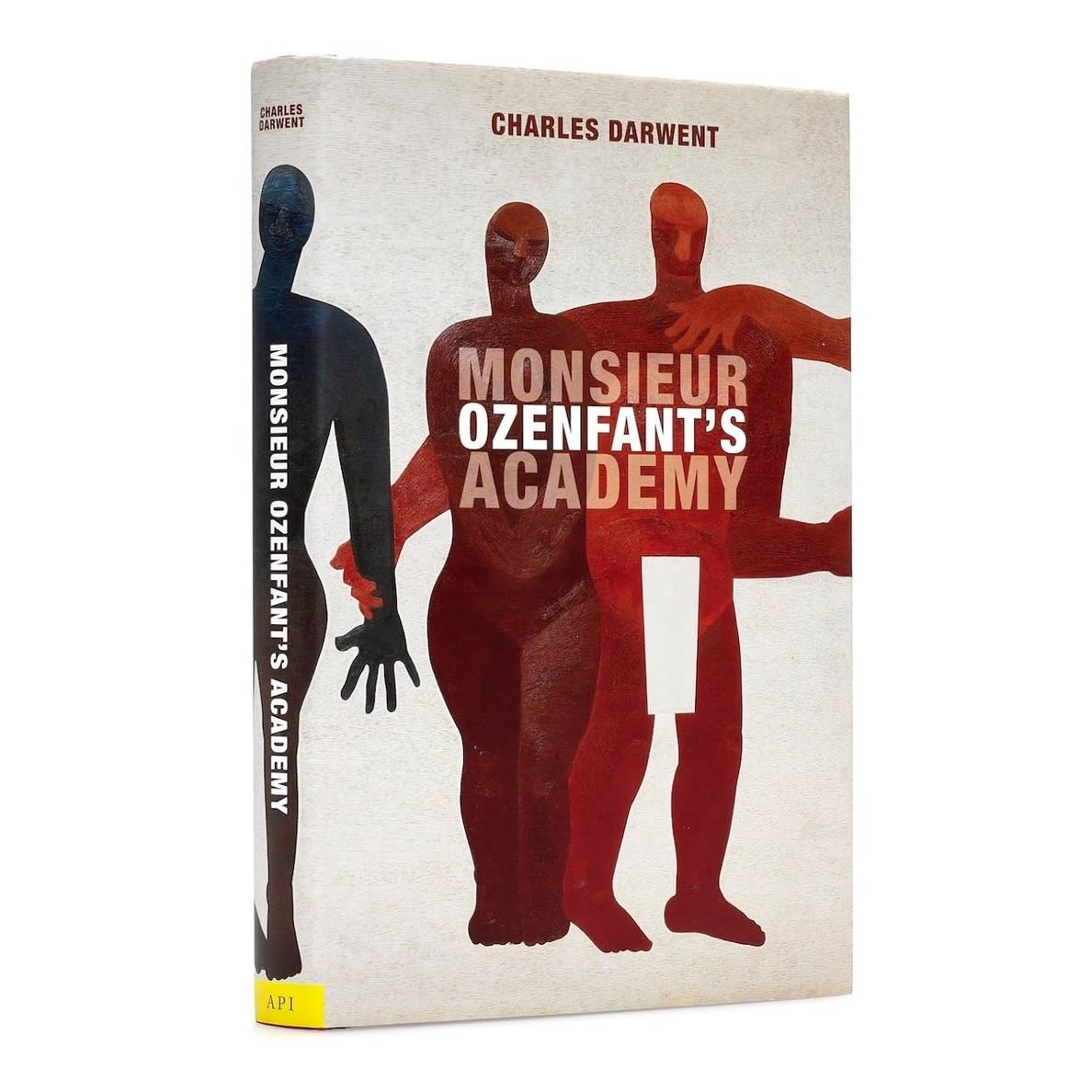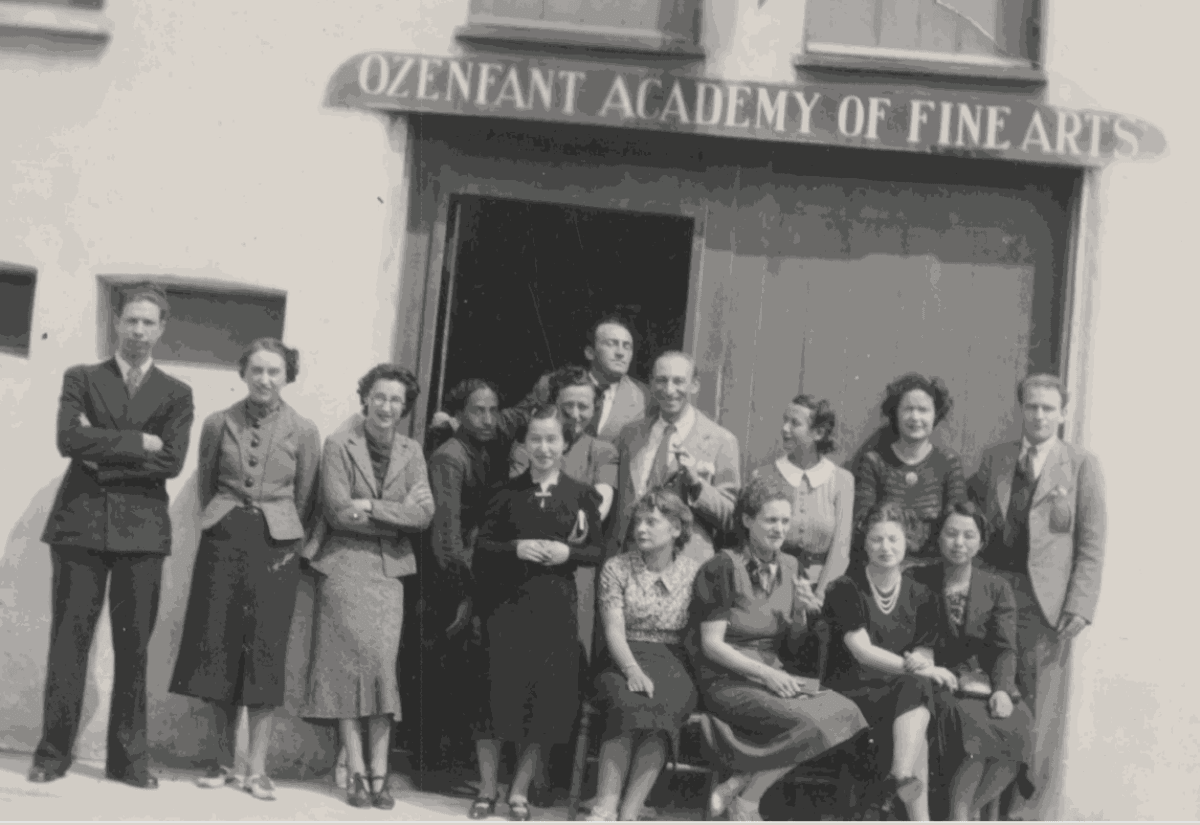Seeds of Surrealism: Women of Monsieur Ozenfant’s Academy
In-conversation with Charles Darwent, Joanna Moorhead and Edward Behrens: Friday, 11 July, 6–8pm | RSVP HERE
Richard Saltoun Gallery presents Seeds of Surrealism: Women of Monsieur Ozenfant’s Academy, an exhibition spotlighting three pioneering artists—Leonora CARRINGTON (1917–2011), Stella SNEAD (1910–2006) and Anne SAÏD (1914–1995) —all of whose artistic careers were shaped by the radical yet little-known Ozenfant Academy of Fine Arts. Active in London between 1936 and 1939, the Academy became a crucible for the ideas and artistic networks that would help shape the course of Surrealism. Its origins, activities and legacy are explored in Monsieur Ozenfant’s Academy, a new book by critic and historian Charles Darwent, published by Art Publishing and launched in conjunction with the exhibition.
Seeds of Surrealism also coincides with the major Tate Britain exhibition Ithell Colquhoun, offering a timely reappraisal of Surrealism’s often-overlooked female voices. A special focus in the exhibition is given to the work of Stella Snead, marking Richard Saltoun Gallery’s representation of her estate.
Described by Darwent as “a weird little forgotten moment of British Modernism,” the Ozenfant Academy of Fine Arts was founded by French Purist painter and theoretician Amédée Ozenfant in 1936 at 170–172 Warwick Road in West London, housed in a mews in between a garage and a café. As outlined in rich detail in the book, the school emerged at a critical time—amid rising fascism in Europe and political unrest in France, and intensifying cross-cultural exchange in Britain. The school offered a rare platform for women and émigré artists at a moment when most art institutions remained conservative, nationalistic, and male-dominated. The Academy’s emphasis on formal clarity and technical precision laid the groundwork for something more unexpected: a turn toward imaginative, intuitive, and ultimately Surrealist ways of making. What united its students wasn’t just their training, but a shared belief that art should come from life as it’s lived. As Darwent writes in his book: “The students at the London academy were not hoping to be taught how to access their subconscious. They wanted to learn how to depict what they found when they got there,” and to “get their hands dirty, and experience life.”
With the looming threat of war, Ozenfant relocated the school to New York in 1939, where it remained active until the 1950s.
Stella Snead was the Academy’s most devoted student, remaining for its full duration and later following Ozenfant to New York in 1939, where she continued studying with him for two more years. Her early paintings on view reflect the geometric, structured style instilled under his guidance. Yet a shift soon emerged in her practice, marked by a series of vivid watercolours from the early 1940s. These embraced more expressive, fluid forms, drawing on the shapes of Henry Moore’s sculptures—who had taught sculpture at the Academy—and on Snead’s encounters with Max Ernst, mediated through her close friendship with Leonora Carrington. The watercolours reveal Snead’s growing interest in the uncanny and esoteric qualities of natural landscapes—ancient rock formations and planets—that blur the line between observation and imagination. These watercolours were later exhibited in her solo exhibition at the London Gallery in 1950, a significant hub for Surrealist art in London.
After moving to New York, she travelled across the USA and the American Southwest throughout the 1940s and ’50s, producing a body of Surrealist landscape paintings. In the 1960s, she turned away from painting to focus on Surrealist photo-collage, travelling through India and Asia and publishing several successful photobooks. She returned to New York in the 1970s, where she continued experimenting with collage and produced portraits of her friends and fellow artists Lenore Tawney and Leonora Carrington. Snead’s contribution to the Surrealist movement has been recognised in major institutional exhibitions, including Surrealism USA at the National Academy Museum, New York (2005), In Wonderland: The Surrealist Adventures of Women Artists in Mexico and the United States at Los Angeles County Museum of Art (2012), and more recently, Phantoms of Surrealism at the Whitechapel Gallery, London (2021).
A close friend of Snead’s and the Academy’s most renowned former student, Leonora Carrington, was sent to study with Ozenfant by family friend and Modernist architect Serge Chermayeff. Through her time there, she found a formal discipline that would underpin the development of her singular, symbolic world—one that would later come to define her as a leading figure in Surrealism. On view is a sketchbook from 1942–43, filled with studies of horses, oxen, and hybrid creatures—early signs of her enduring fascination with transformation, animal consciousness, and the fantastical. Having left the UK and moved through France, Spain, Portugal, and the United States before settling permanently in Mexico—where she remained until her passing—Carrington sustained a close, transatlantic exchange of portraits and ideas with Snead that lasted for decades.
Anne Saïd, born Anne Cobham, studied at the Academy from its founding year in 1936. In 1941, she moved to Cairo with her husband, the Egyptian artist and educator Hamed Said. There, the couple became central figures in Egypt’s emerging postcolonial art scene. Saïd’s work combined Surrealist influences and spatial logic with a spiritual sensibility. Often drawing from the natural world and her immediate surroundings, her paintings are marked by a quiet, atmospheric intensity and a sensitivity to inner states. The exhibition includes Jacob’s Ladder Dream (1936), a rare surviving painting from the Ozenfant studio, alongside other celestial compositions set among skies and clouds—works that reflect her enduring interest in Surrealism as a gateway to transcendence and the sublime.
While Ozenfant’s methods were grounded in Purism and order, the Academy he founded became a surprising catalyst for something far more radical. Seeds of Surrealism: Women of Monsieur Ozenfant’s Academy reveals how this modest school, tucked away in a West London mews, fostered the emergence of a distinctly feminist Surrealism and a new politics of subjectivity. For these artists, structure became a means not of containment, but of imaginative freedom—nurtured through friendship, mentorship, and shared experience. More than a place of learning, the Ozenfant Academy became a community that sparked lifelong creative alliances and a collective spirit that would reverberate through the decades, sowing the seeds of a movement that changed the course of art history.
For press enquiries, please email: sonja@richardsaltoun.com
